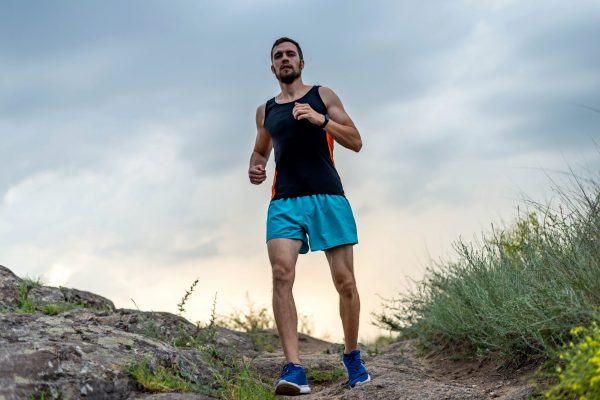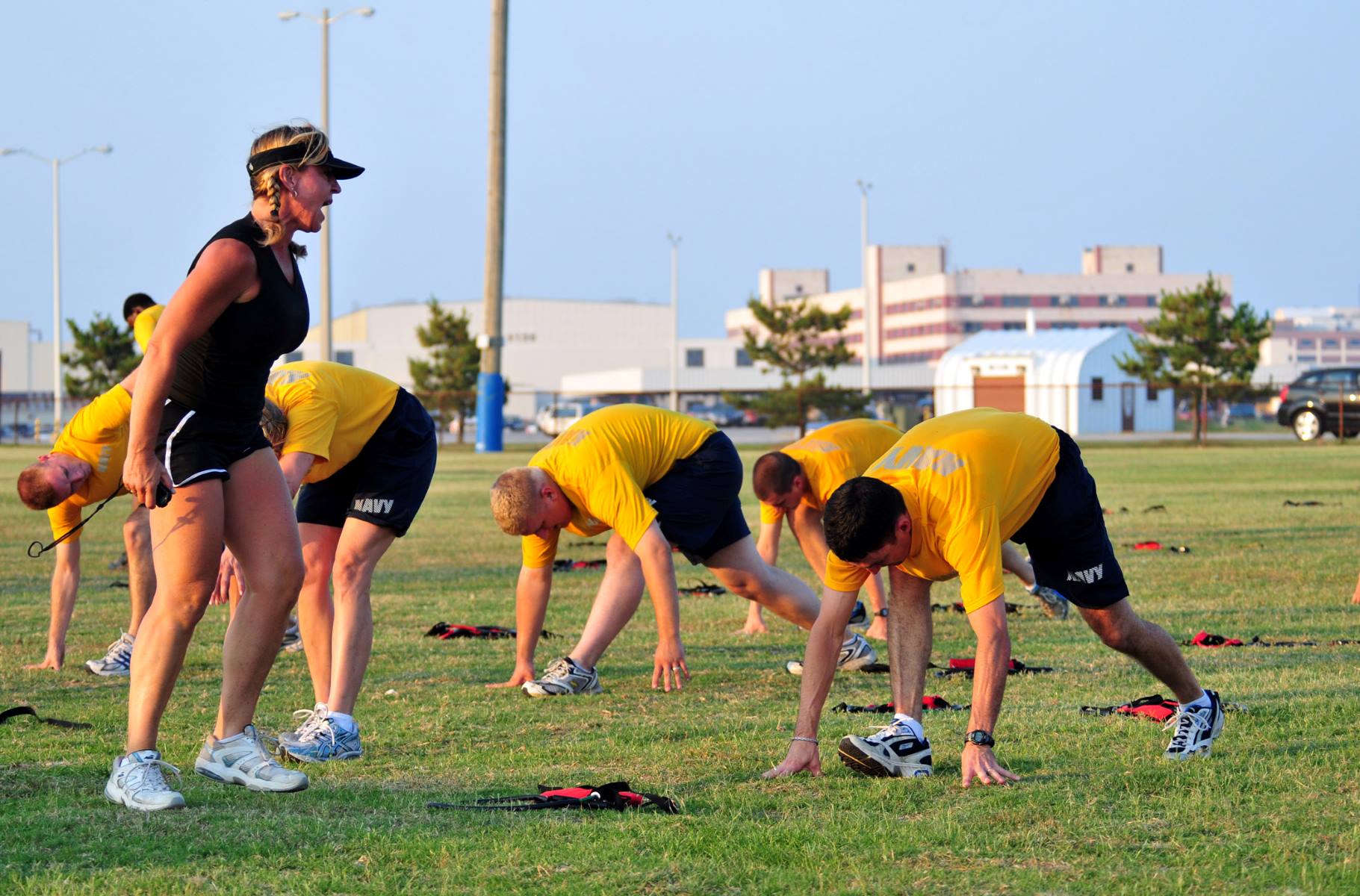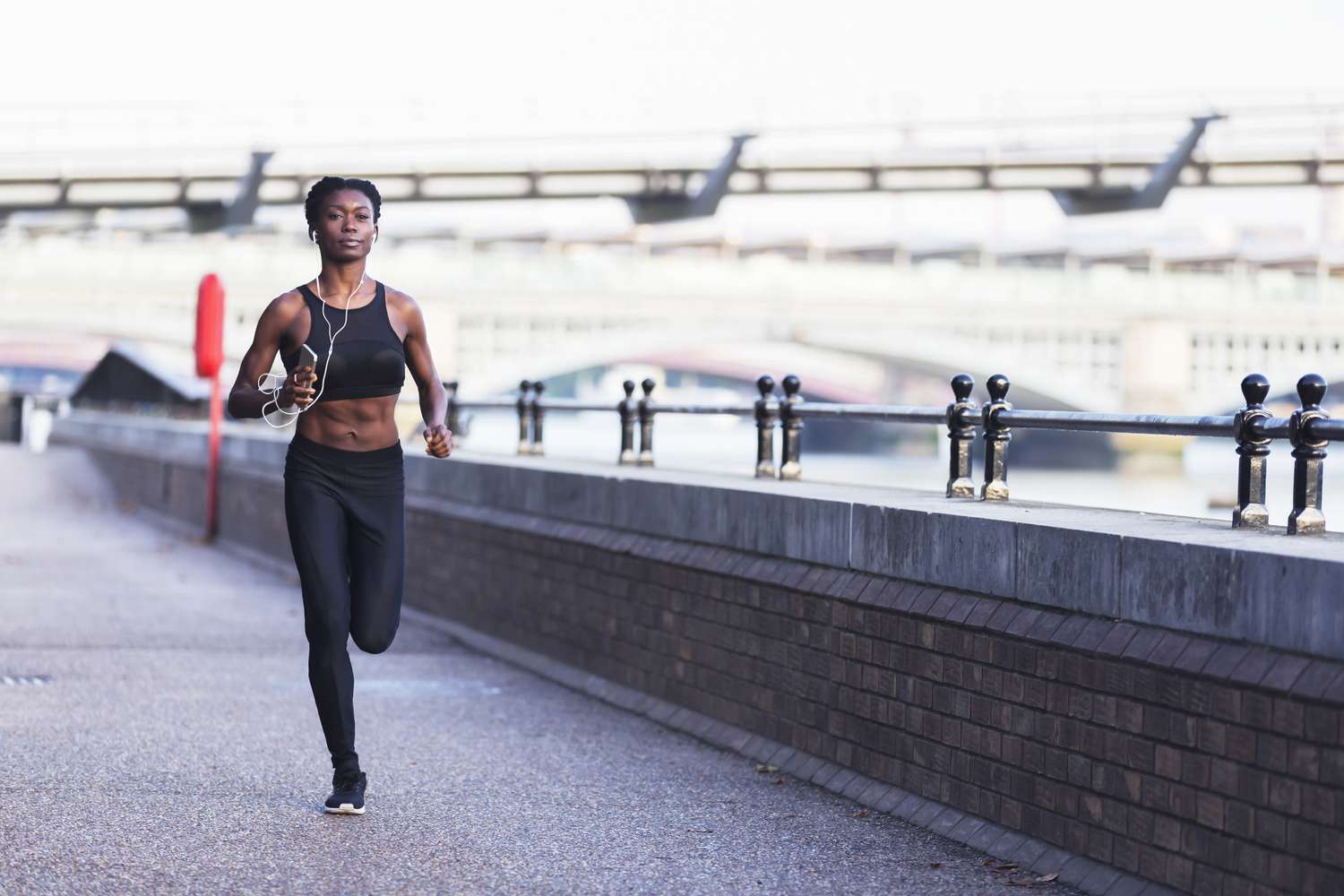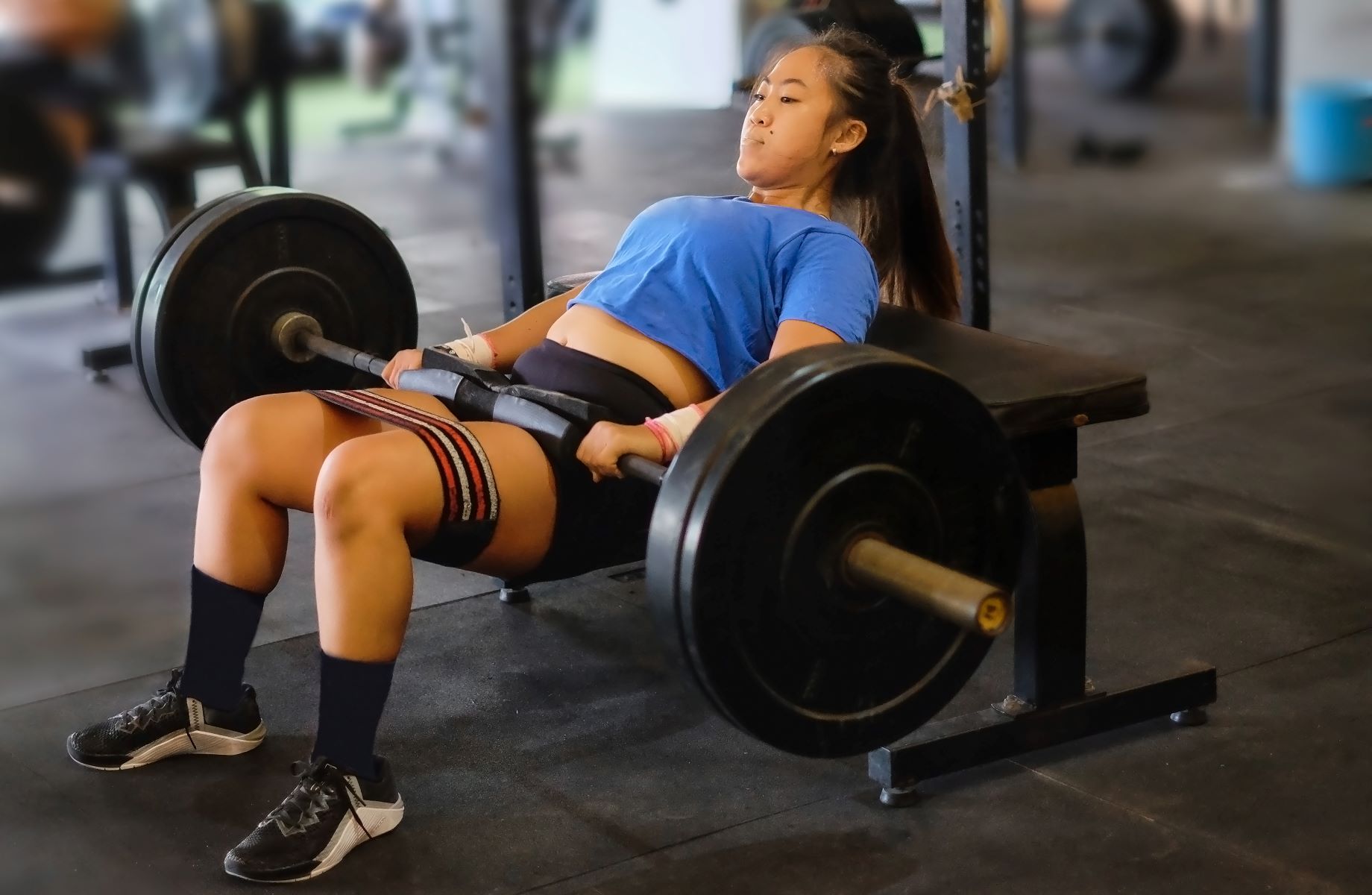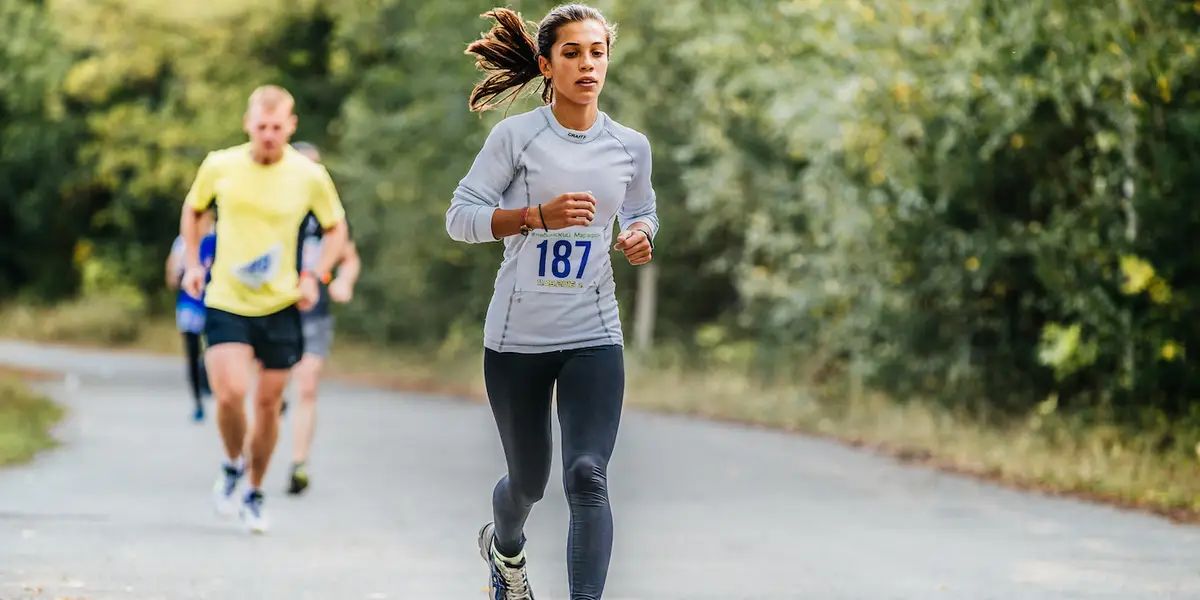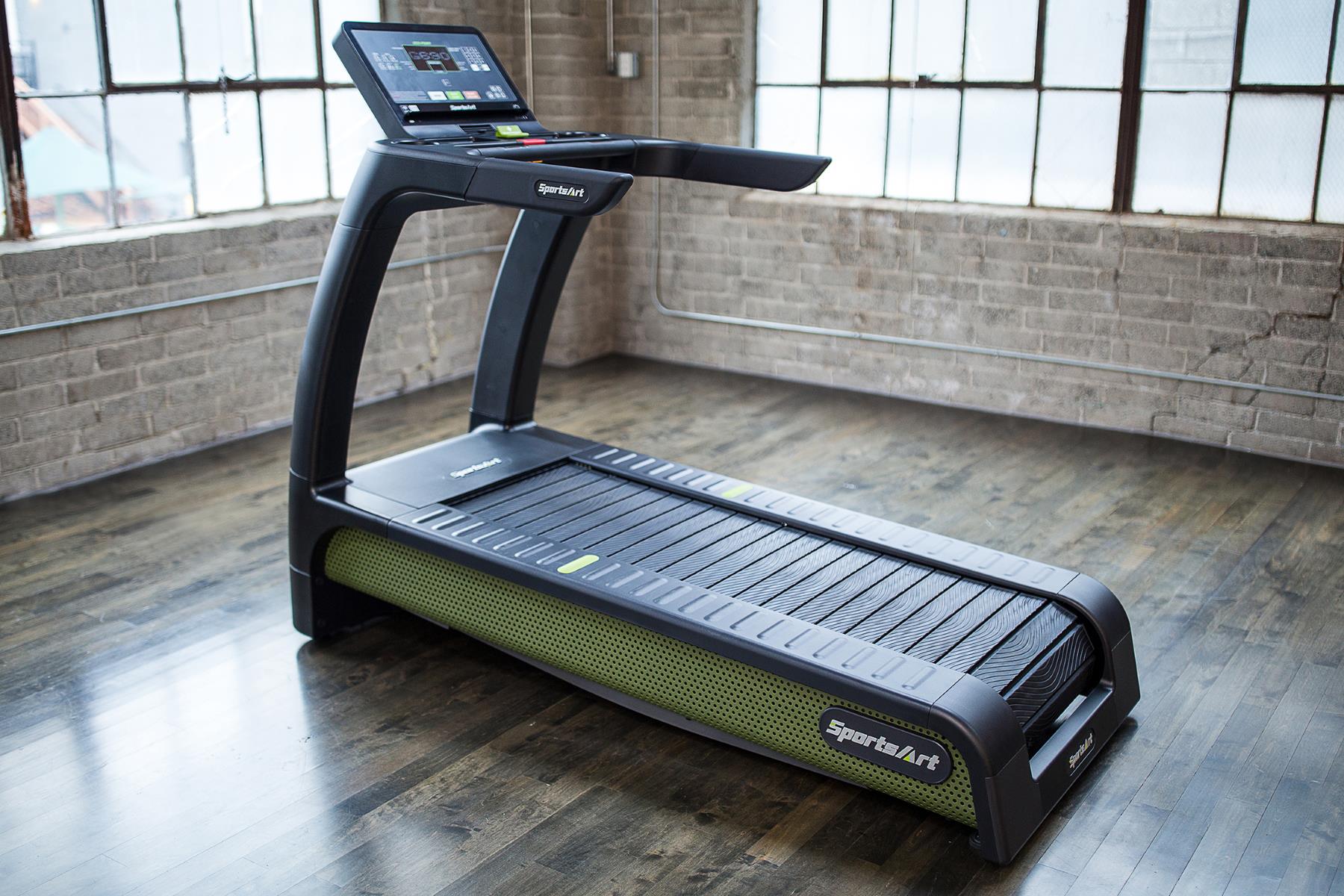Home>Health and Wellness>Health>Cycling into Shape: How Does Cycling Transform Your Body?


Health
Cycling into Shape: How Does Cycling Transform Your Body?
Modified: January 2, 2024
Discover the transformative effects of cycling on your body with this comprehensive guide. Whether you're a beginner cyclist or an experienced rider, understanding how cycling can transform your body can inspire and motivate you on your fitness journey.
Cycling is widely hailed as a fantastic form of cardiovascular exercise, renowned for its versatility and low impact nature. It caters to all fitness levels and ages, from the young sprinter riding their first two-wheeler to the seasoned athlete pedalling their high-tech road bike. As an exercise, cycling holds an incredible potential to transform your body shape, which this article explores in detail.
The Impact of Cycling on the Body
A well-known quote in the cycling community reads, “Nothing compares to the simple pleasure of a bike ride.” Cycling, however, goes beyond simple pleasure. It is an effective form of exercise with substantial health benefits. These include:
- Weight Management: Cycling burns calories, aiding in weight loss and fat reduction. It is an effective way to control or reduce weight, as it raises your metabolic rate, builds muscle, and burns body fat.
- Muscle Building: Cycling is a resistance exercise, meaning it builds muscle. The muscles most affected by cycling are the lower body muscles: the calves, thighs, and glutes.
- Improved Cardiovascular Health: Cycling strengthens the heart muscles, decreases resting pulse, and reduces blood fat levels, thereby improving overall cardiovascular health.
- Enhanced Joint Mobility: Cycling is gentle on the joints and promotes joint mobility, particularly in the knees and hips.
- Boosted Mental Well-being: Regular cycling can improve mental health, helping manage stress and anxiety while promoting a sense of well-being.
But how does all of this translate into changing your body shape?
Does Cycling Change Your Body Shape?
The short answer is yes. Cycling can significantly change your body shape, but how it does so varies depending on several factors:
- Frequency: The regularity of your cycling routine plays a crucial role. The more frequently you cycle, the more pronounced the changes to your body shape.
- Intensity: High-intensity rides, like uphill climbs and sprints, promote muscle growth and fat burn, contributing to a more significant change in body shape.
- Duration: Long, steady rides are great for burning fat and toning muscles. The longer your rides, the more impact they will have on your body shape.
- Diet: A balanced diet complements your cycling regimen, aiding in muscle recovery and growth, and weight management.
Here are the primary ways cycling can reshape your body:
Lower Body Transformation
Cycling is a lower body-centric workout. It targets the major muscles in your lower body: the glutes, quads, hamstrings, calves, and even the muscles in your feet and ankles. Regular cycling can lead to stronger, more toned muscles in these areas. For example:
- Quadriceps: These muscles at the front of your thighs power the downstroke of each pedal rotation, and they’ll grow stronger and more defined with regular cycling.
- Glutes: Your glutes (or buttock muscles) are significantly engaged during cycling, especially when you’re standing up on the pedals or cycling uphill.
- Calves and Hamstrings: These muscles at the back of your legs play a crucial role in cycling, particularly during the upstroke of the pedal rotation.
Upper Body and Core Engagement
While cycling is predominantly a lower-body workout, it does not entirely neglect the upper body and core:
- Core: Cycling, particularly outdoor cycling, requires a strong core for stability and control. This helps tone your abdominal and back muscles.
- Upper Body: Although not as engaged as the lower body, the upper body muscles (arms, shoulders, and upper back) contribute to bike control and balance. Incorporating specific exercises or opting for mountain biking can further engage these muscles.
Weight Loss and Fat Reduction
Cycling is a fantastic cardio workout, which means it’s great for burning calories. Regular cycling, coupled with a healthy diet, can lead to weight loss and a reduction in body fat percentage. This weight loss and toning of muscles combine to alter your overall body shape.
The Cyclist’s Body
Regular cycling often leads to what many refer to as the ‘cyclist’s body’: a lean, muscular lower body combined with a slim, toned upper body. Professional road cyclists often exhibit this body type.
It’s essential to remember that each body responds differently to exercise. Factors such as genetics, diet, and other physical activities also contribute to your body shape. Also, while cycling can transform your body shape, it is but one piece of the puzzle of total body fitness. Including a range of exercises in your routine will ensure overall muscle development and fitness.
Conclusion
So, does cycling change your body shape? Absolutely. Regular and consistent cycling can lead to noticeable changes in your body shape over time. It can strengthen and tone your muscles, particularly in the lower body, reduce body fat, and lead to weight loss. Coupled with its numerous other health benefits, cycling could be the perfect exercise to help you pedal your way to your desired body shape.
Remember, every ‘body’ is unique, and change takes time. Start where you are, use what you have, do what you can, and soon enough, you’ll be riding toward a fitter, healthier you.
FAQs
Does cycling burn belly fat?
Cycling can help burn belly fat, as it’s a great cardiovascular exercise that burns calories. However, a combination of consistent exercise (including cycling) and a healthy diet is the most effective strategy for fat loss.
Will cycling make my thighs bigger?
Cycling can make your thighs stronger and more toned but whether they become bigger depends on your body composition, cycling intensity, and your nutrition.
Does cycling tone your legs?
Yes, cycling can tone your legs. It’s an excellent exercise for targeting your quads, glutes, hamstrings, and calves.
Does cycling work your abs?
Yes, while cycling, your abs play a significant role in stabilizing your body. While it won’t directly target your abs for muscle growth, it can help tone your overall physique, including your abdominal muscles.
How long should I cycle each day to see changes in my body shape?
The duration of cycling to see changes in body shape varies depending on factors like cycling intensity and your current body composition. However, a general recommendation is at least 30 minutes to an hour of cycling per day. It’s best to consult with a fitness professional or a doctor to establish the most beneficial regimen for you.
